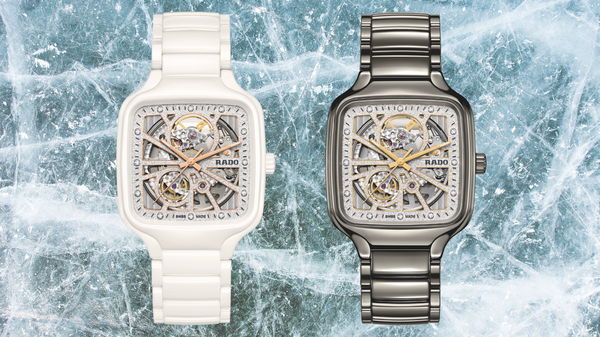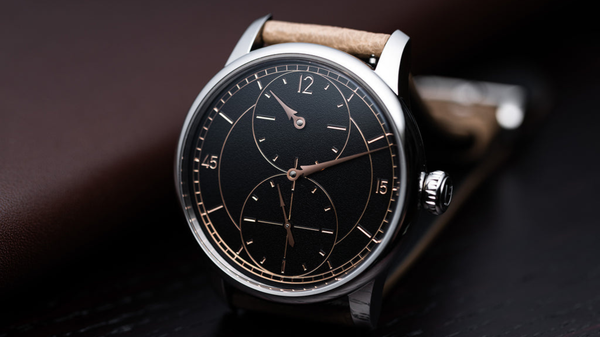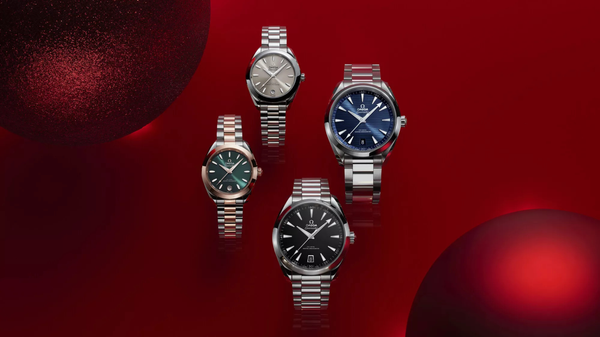How the Left Wrist Won the Watch Game
A refined look at why most wear watches on the left wrist, tracing history, design, and culture behind this enduring tradition.

Fine watchmaking sits at the crossroads of craft and culture. It measures our days, but it also says something about how we like to live them.
One question still sparks debate at collector dinners and in boardrooms alike. Why do most of us wear a watch on the left wrist?
From sunlight to the wrist
Long before a balance wheel, people watched shadows and water to track the hours. Sundials served the ancients. Clepsydras kept count through the night. Mechanical clocks arrived, then early portable pieces followed.
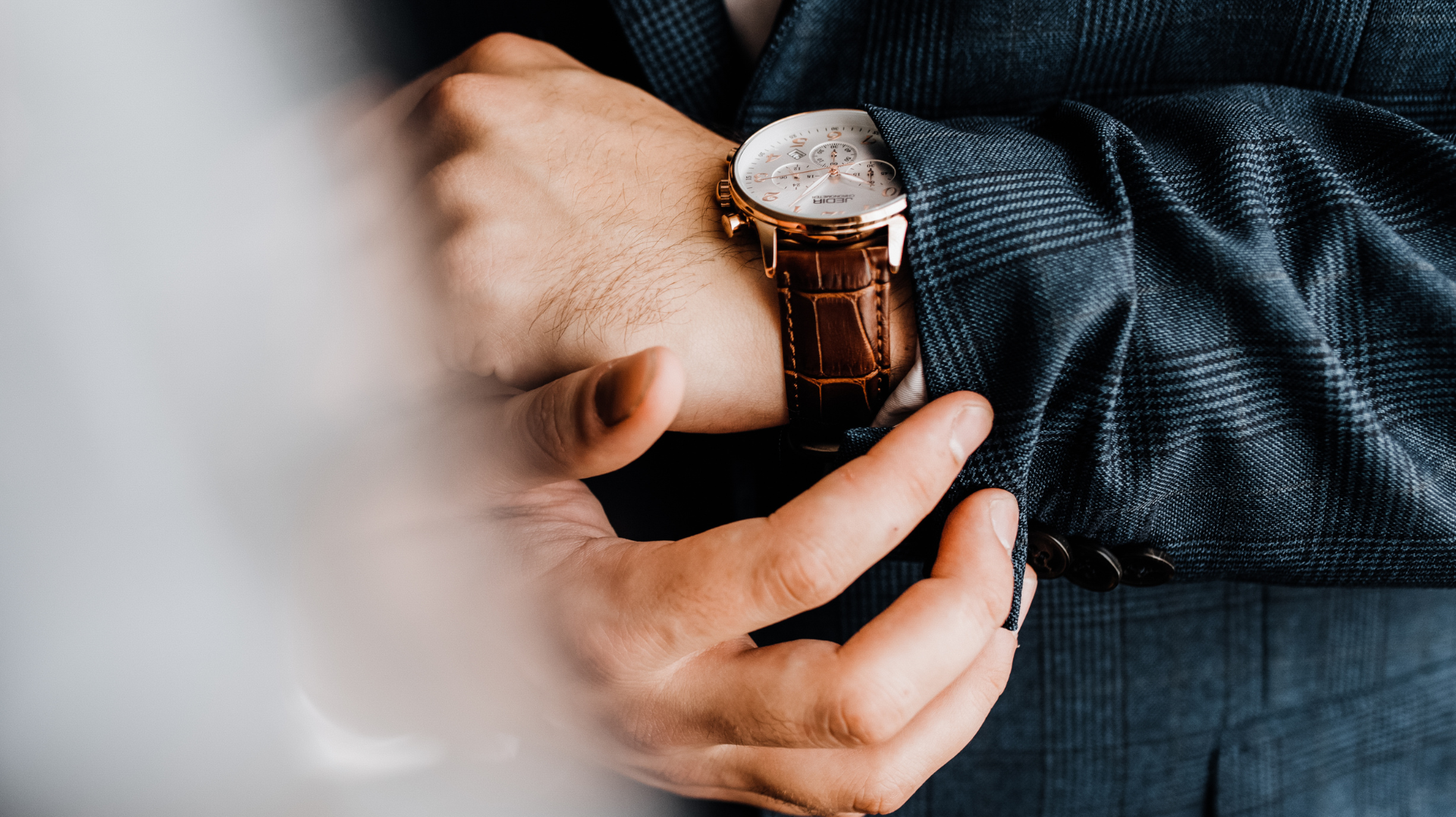
In the sixteenth century, Peter Henlein’s work in Nuremberg helped put time in a pocket. These first watches were carried, not worn, but they made time personal.
The idea of wearing a watch on the wrist emerged in refined circles. In 1810, Caroline Murat, Queen of Naples, asked Abraham Louis Breguet for a wrist-worn timepiece.
The result, Breguet No 2639, was oval, elegant and clever. It included a repeater and other complications, and it was secured by a bracelet woven from hair and gold. It proved that a watch could be intimate as well as precise.

Utility makes the case
The early twentieth century turned an aristocratic curiosity into a daily tool. Pilots and officers needed time at a glance. Straps, wire lugs and luminous paint arrived. Cases became sturdier.
During the First World War, the wristwatch moved from experiment to essential. After the war, it stayed, because it suited work and travel and modern dress.

A few milestones set the tone. In 1926, Rolex presented the Oyster case with serious resistance to dust and moisture. In 1953, the Submariner defined the idea of a capable yet handsome sports watch.
Omega’s Speedmaster later earned trust in space. These watches taught generations what reliability and clarity should look like.
Why the left took over
The simplest answer is handedness. Most people are right-handed. The left wrist moves less and suffers fewer knocks. Mechanical movements dislike shocks, so the quieter wrist is safer.
Reading the time is easier too when the dominant hand is busy with a pen, a steering wheel or a glass.
Design reinforced the habit. Crowns were placed at three o'clock for decades. That position lets a right-handed wearer adjust the time while the watch stays on the left.
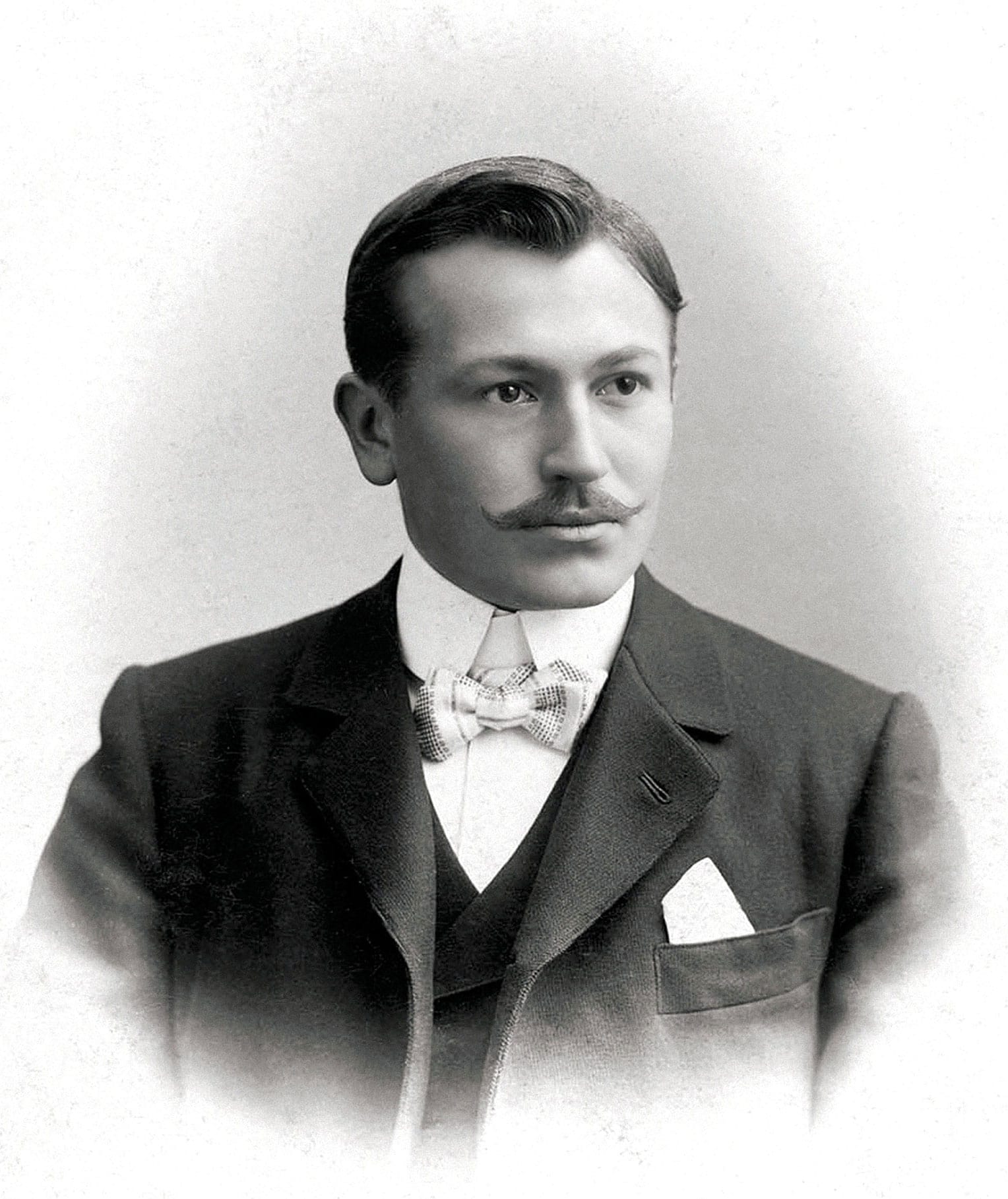
Chronograph pushers followed suit. There are thoughtful exceptions. Some references place the crown at nine o'clock for left-handed clients. A few tool watches shift controls for comfort, but the rule of left wrist first remains practical and familiar.
How style fixed the picture
Retail displays and magazine shoots presented the watch on the left. Over time, that image shaped etiquette.
A dress piece should sit close under a cuff. A sports watch should feel secure without leaving a mark. On a bracelet, the clasp should centre under the wrist. None of this demands the left, but most examples taught us to expect it.
Culture adds stories of its own. Diego Maradona wore two watches, one set to local time and one to Argentina. It was a way to keep home close, a reminder that a watch can carry meaning as well as minutes.

What to consider today
Choice is wider than ever. Smartwatches bring health data and navigation. Independent makers push finishing and form. Classic maisons refine bracelets, clasps and micro adjustment.
All of it points to a simple truth. Wear your watch where it serves you best.
- If you are right-handed, the left wrist will usually keep the case safer and the crown away from the base of the hand. Left-handed wearers can look for models with the crown at nine o'clock or with shaped cases that avoid contact with the wrist.
- Fit matters more than any rule. A dress watch should disappear under a cuff. A diver or chronograph should sit steady but easily. Use micro adjustment or a well-cut strap to dial in comfort.
- Think about how you use the crown and pushers. If you set or wind often, choose a layout that makes those small rituals smooth on your chosen wrist.
- Let purpose guide the pick. A field watch is an instrument. A minute repeater is a quiet conversation with craft. Both deserve to be worn with intention.
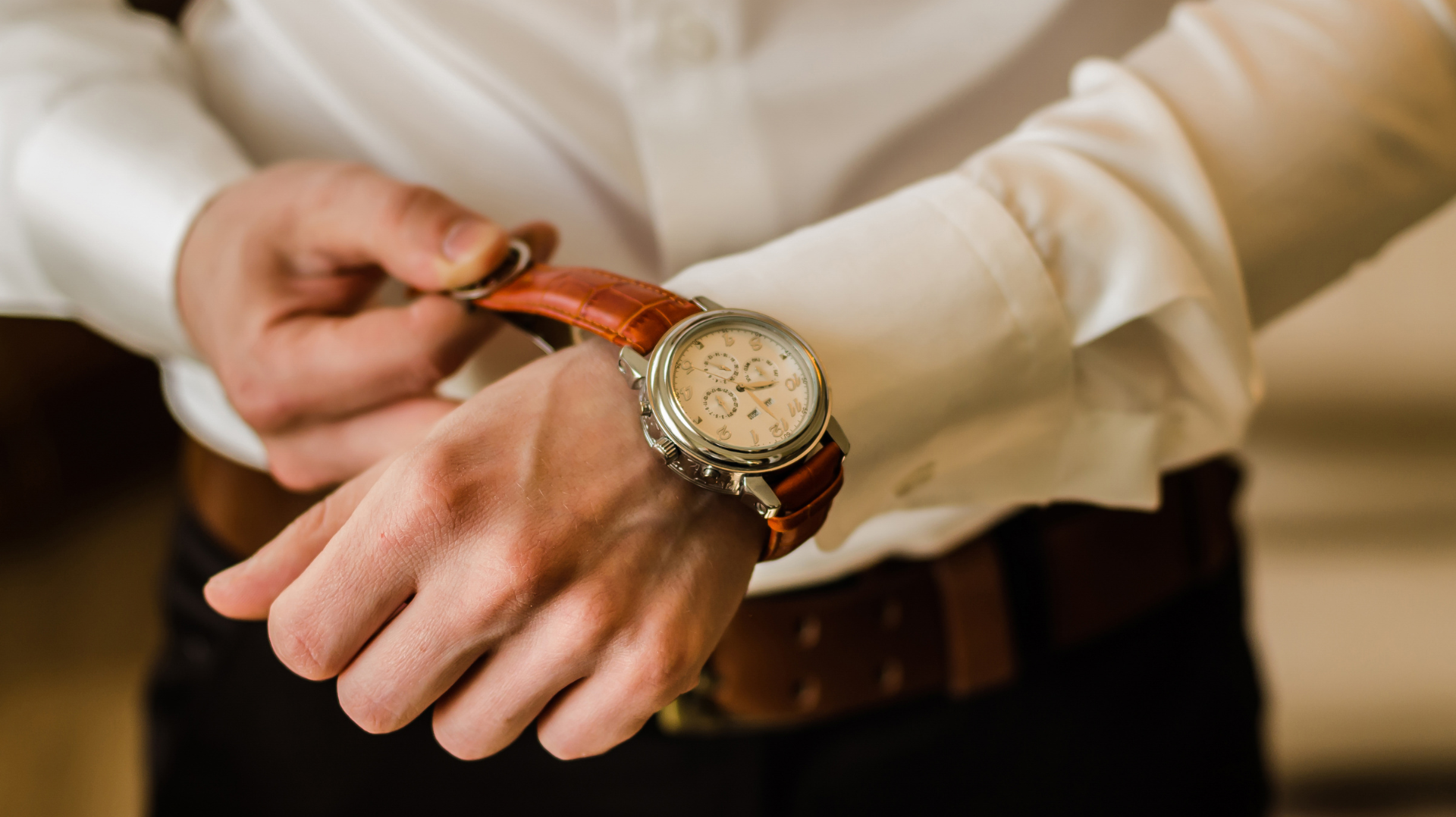
Provenance and patience
Collectors who buy with conviction tend to care about origin stories. A Santos that helped early aviators, a Reverso designed to survive polo, a Calatrava that defined the modern dress watch, and a Royal Oak that proved steel could be truly luxurious.
Knowing why a design exists gives the object weight. It also helps to edit a collection to the pieces that earn their place.
The point of it all
The habit of wearing a watch on the left grew from sensible choices. Human hands, practical design and the images we repeated through the twentieth century all nudged us the same way.

The tradition remains strong, yet it is not a rule. The best outcome is comfort backed by knowledge.
A fine watch rewards attention. You wind it, you set it, you notice how light falls across the dial. Those moments feel the same whether the watch sits on the left or the right.
What matters is the bond between owner and object. Look after that, and the watch will look after your time.

